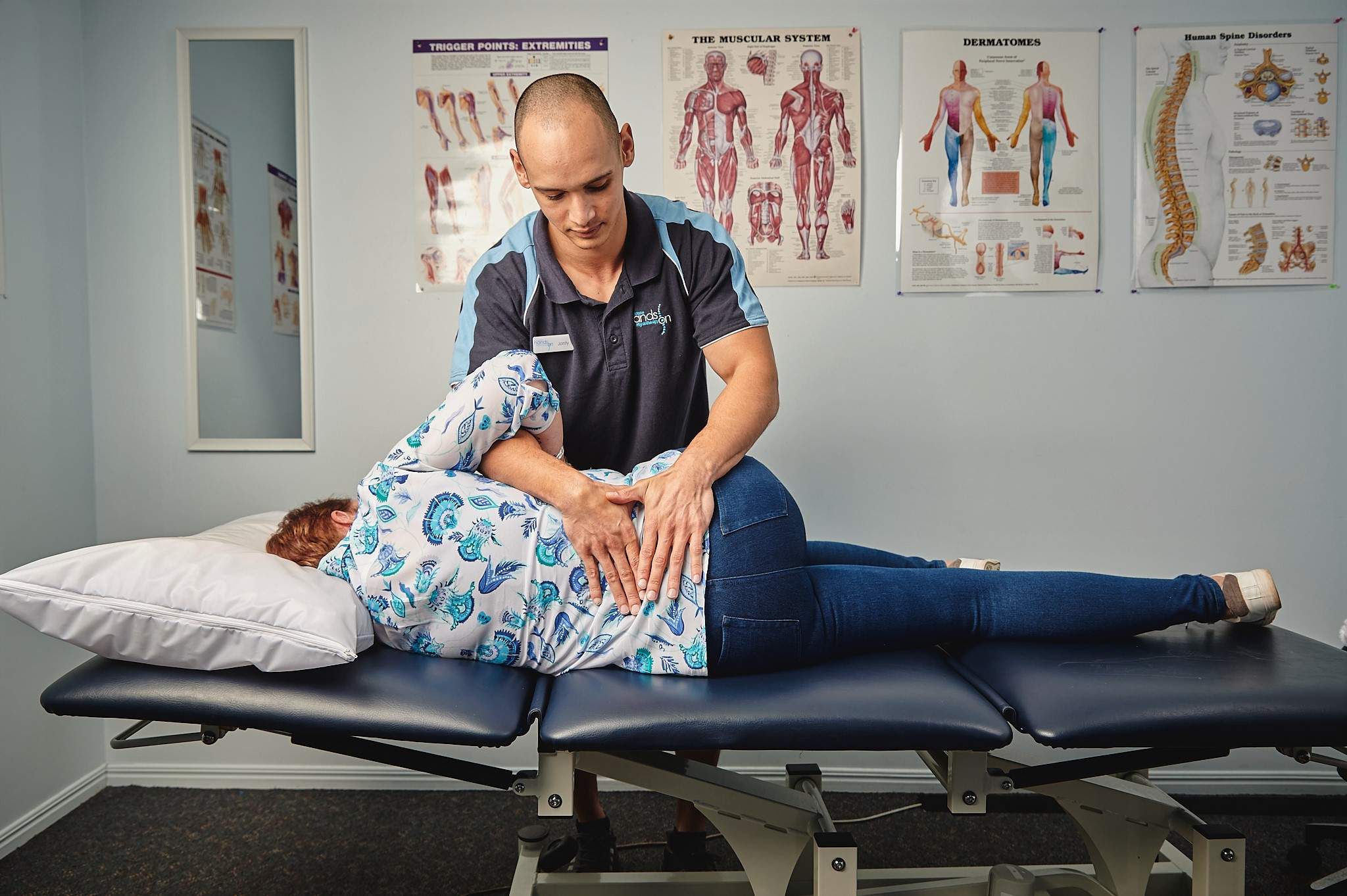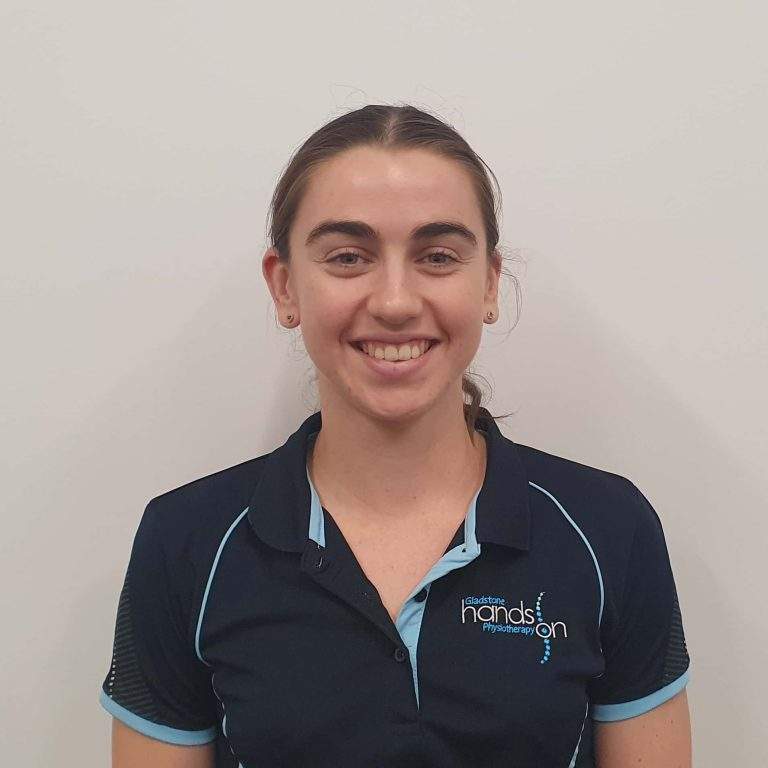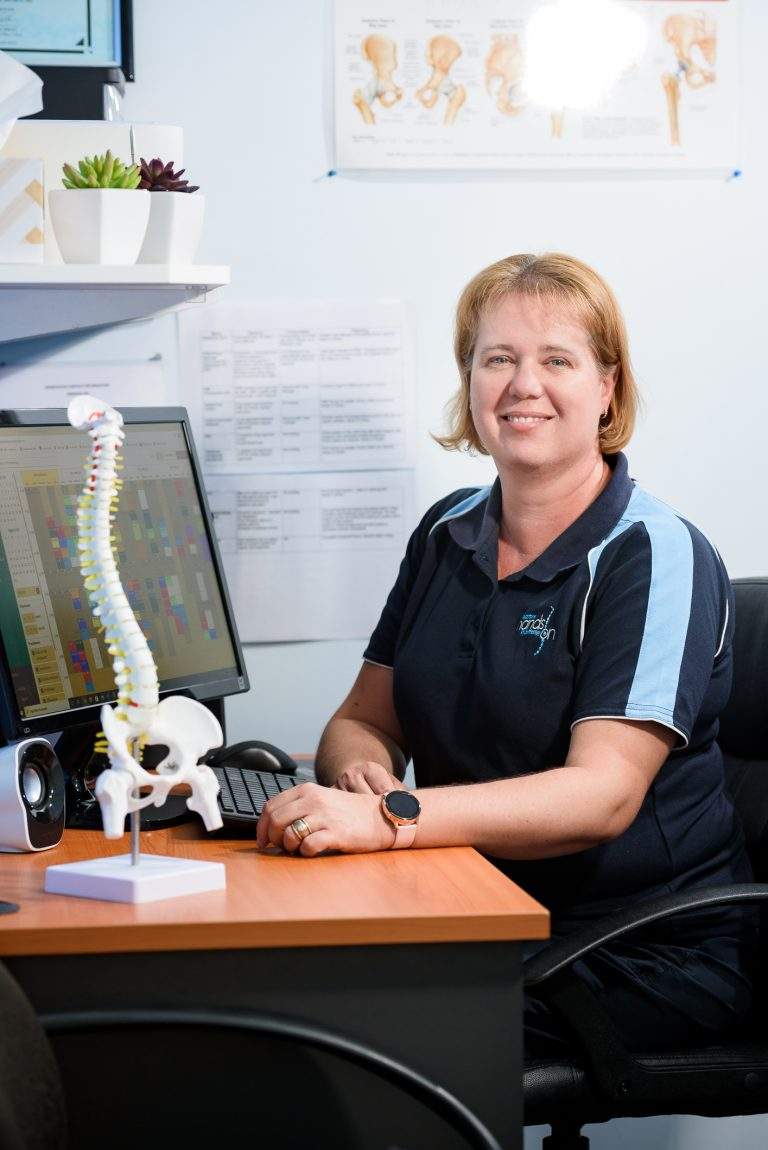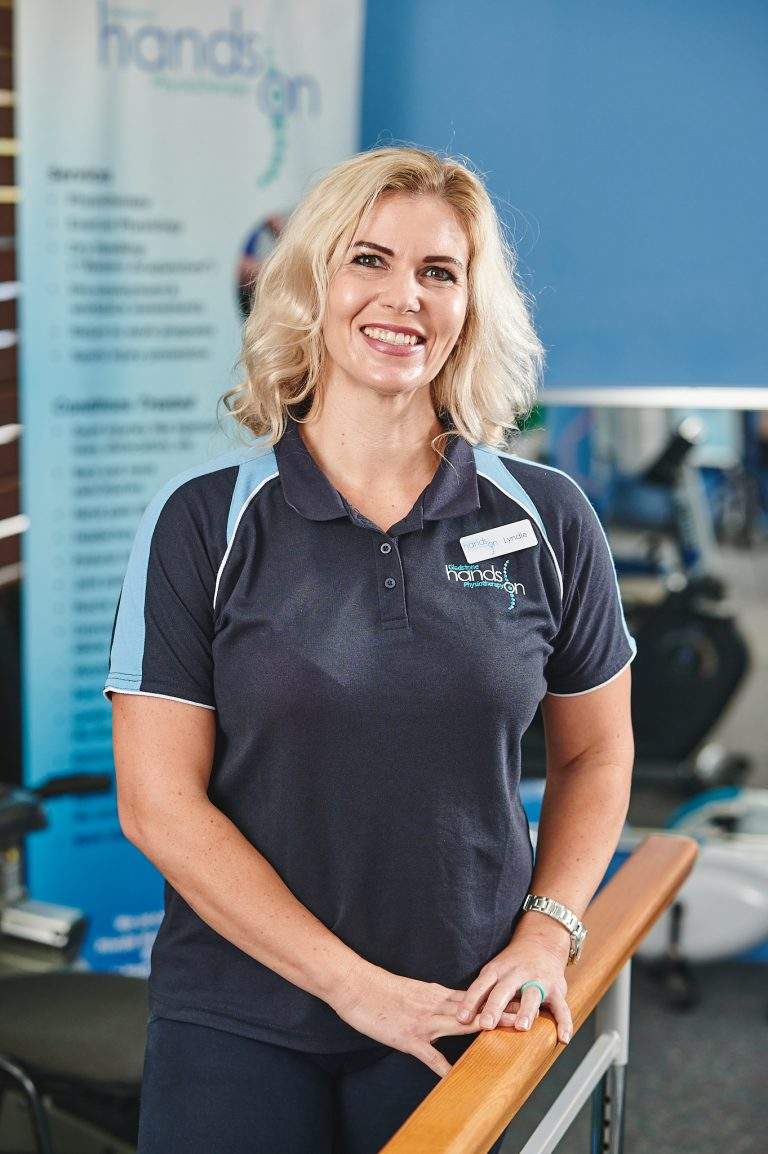Physiotherapy uses physical methods to assess, treat and manage injuries and health conditions. A physiotherapist is qualified to assess, diagnose, treat, and help prevent a variety of conditions. They are highly trained professionals that can manage joint and muscle injuries and conditions, sport injuries, neurological conditions, and cardiovascular illnesses.

Physiotherapists use hands-on techniques like soft tissue massage, joint mobilisations, neural tissue mobilisations and electrotherapy to manage a wide range of conditions and injuries. Physiotherapists in Australia are registered health professionals with Medicare, DVA, Private health funds, etc.
Physiotherapists help those affected by injury, illness, or disability, restore their physical function like movement, strength, and endurance. They also help individuals to reduce their risk of injury and prevent future problems.
A physiotherapy course is a 4-year university degree offered by most of the bigger universities in Australia
For acute, minor conditions it usually takes 2-3 sessions over 2-3 weeks.
For subacute and bigger injuries, the healing time is around 6-8 weeks.
Chronic and serious conditions can take as long as 3-6 months to heal.
Catastrophic injuries and some neurological conditions have a much longer timeframe for recovery, and it can take between 18-24 months to reach maximum function.
There is a mountain of studies that show that physiotherapy is the most effective treatment for most musculoskeletal conditions and an invaluable adjunct to medical management of many other conditions.
At your initial appointment the physiotherapist will assess you and may require you to do some tasks or movements to determine what your limitations and the origin of your problem might be. Your physiotherapist might also touch your skin to feel how the muscles and joints in the area are feeling or behaving during movement. You might also have some treatment done during your first visit. With you follow up appointment there will be a quick assessment to see whether you have improved or deteriorated since the last session and how treatment might have to be adapted. You will receive treatment and will then be reassessed to see whether the treatment techniques were successful. You might also be given a home exercise program to help you improve quicker.
The physiotherapist might ask you to take some of your clothing off to assess and/or treat the problem area. This is always done with your consent and the physiotherapist will always be sensitive to your modesty. It is good to wear loose clothing that you can move in when going to your physiotherapy appointment.
Physiotherapists use hands-on techniques like soft tissue massage, joint mobilisations, neural tissue mobilisations and electrotherapy to manage a wide range of conditions and injuries. Physiotherapists in Australia are registered health professionals with Medicare, DVA, Private health funds, etc.
Physiotherapists help those affected by injury, illness, or disability, restore their physical function like movement, strength, and endurance. They also help individuals to reduce their risk of injury and prevent future problems.
A physiotherapy course is a 4-year university degree offered by most of the bigger universities in Australia
For acute, minor conditions it usually takes 2-3 sessions over 2-3 weeks.
For subacute and bigger injuries, the healing time is around 6-8 weeks.
Chronic and serious conditions can take as long as 3-6 months to heal.
Catastrophic injuries and some neurological conditions have a much longer timeframe for recovery, and it can take between 18-24 months to reach maximum function.
There is a mountain of studies that show that physiotherapy is the most effective treatment for most musculoskeletal conditions and an invaluable adjunct to medical management of many other conditions.
At your initial appointment the physiotherapist will assess you and may require you to do some tasks or movements to determine what your limitations and the origin of your problem might be. Your physiotherapist might also touch your skin to feel how the muscles and joints in the area are feeling or behaving during movement. You might also have some treatment done during your first visit. With you follow up appointment there will be a quick assessment to see whether you have improved or deteriorated since the last session and how treatment might have to be adapted. You will receive treatment and will then be reassessed to see whether the treatment techniques were successful. You might also be given a home exercise program to help you improve quicker.
The physiotherapist might ask you to take some of your clothing off to assess and/or treat the problem area. This is always done with your consent and the physiotherapist will always be sensitive to your modesty. It is good to wear loose clothing that you can move in when going to your physiotherapy appointment.
Most of the treatment techniques in physiotherapy does not hurt but can be uncomfortable. Physiotherapists are highly trained, and you can rest assured that the techniques will always be safe, even when it feels uncomfortable at the time.


